Mountains that you must conquer in SZ
Writer: Chen Xiaochun | Editor: Stephanie Yang | From: Shenzhen Daily | Updated: 2019-01-28
A+ A- Print
Most people are busy with their work during weekdays and barely have time for exercise.
But when the weekend comes, hiking enthusiasts just can’t wait to rush out of the door and head for a good mountain trail.
Shenzhen, though a modern metropolis, is home to some mountains worth trekking.
In this article, EyeShenzhen lists out eight mountains that cannot be missed just a stone’s throw from where we live and work.
Wutong Mountain 梧桐山
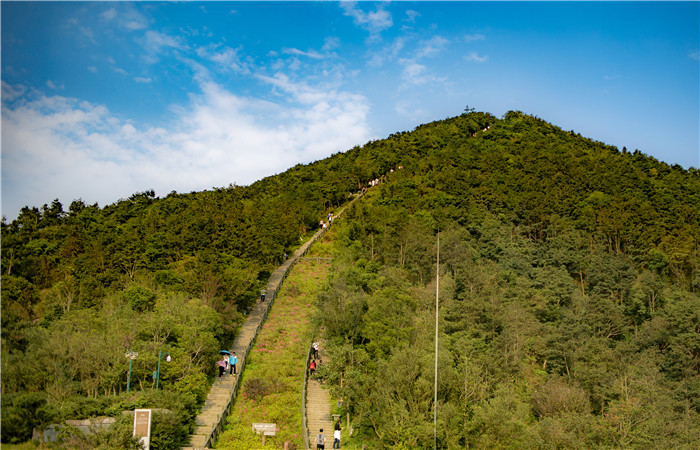
At just over 900 meters tall, Wutong Mountain is the tallest mountain in Shenzhen, making it a mecca for hikers and climbers. Located in east Shenzhen, it spans three districts including Luohu, Yantian and Longgang.
The mountain has been a recognized beauty spot since at least the Ming Dynasty (1368-1644) when it was included in the Eight Great Views of Xin’an County and was celebrated in poetry.
There are several routes to the top, each of which vary significantly in terms of difficulty. Its broad road makes for a gentle climb, but takes a good five hours if you intend to go to the top and back. There are two peaks, Lesser Wutong (where the Shenzhen TV company has its handsome transmission tower), and Greater Wutong, which can be reached via the notoriously difficult Hao Han Slope.
On a clear day, the views from the summit over Dapeng Bay and the mountains of Hong Kong’s New Territories are indescribably beautiful. Nighttime views over the city set against the sweep of Shenzhen Bay are also quite charming.
Add: 2076 Luosha Road, Liantang, Luohu District 罗湖区莲塘罗沙路2076号
Qiniang Mountain 七娘山
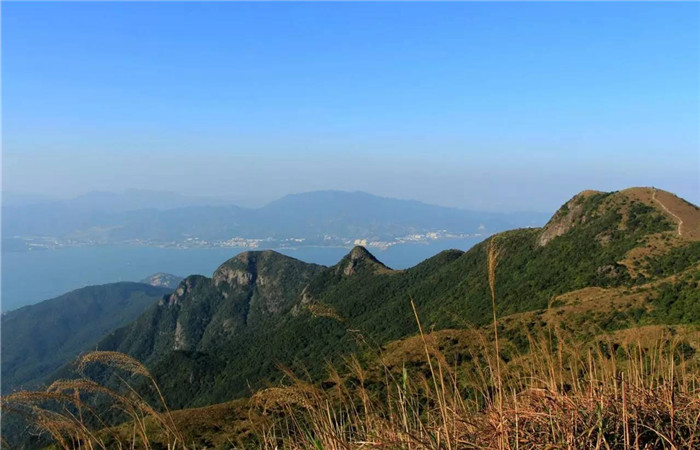
Though not the tallest mountain in Shenzhen, Qiniang Mountain is definitely the most dangerous mountain in the city. Located in Nan’ao Town of Dapeng New Area, Qiniang Mountain is the main peak of Dapeng Peninsula. At 869 meters above sea level, it is the second-tallest mountain in Shenzhen after Wutong Mountain. It is located within the Dapeng National Geopark.
The mountain has well-preserved flora characteristic of a subtropical monsoon rainforest. The climbing massifs are in picturesque disorder with various strikingly outstanding peaks, exotic stones and grottoes. Dense forest and abundant wild animal life add radiance and beauty to each other.
With high peaks, deep valleys and curvy brooks, Qiniang Mountain is home to several waterfalls. Thanks to its nice view and steep mountain route, more and more hikers are lured here.
Add: Xinda Community, Nan’ao Subdistrict, Dapeng New Area 大鹏新区南澳街道新大社区
Yangtai Mountain 羊台山
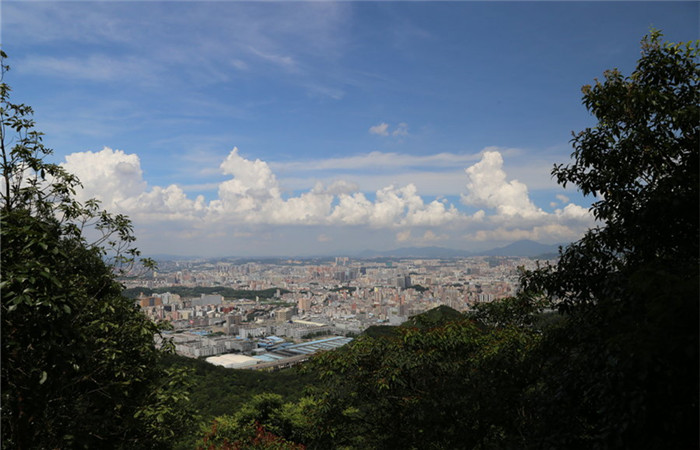
Located at the intersection of Bao’an, Nanshan and Longhua districts, Yangtai Mountain stands at an altitude of 587 meters. It’s the tallest peak in northwest Shenzhen. In 2008 the mountain was rated one of the eight scenic spots of Shenzhen by the Shenzhen government.
There are many charming cultural and natural landscapes on the mountain. Among them, the Yangtai Mountain Waterfall is a must-see. With over ten reservoirs spreading out around the base of the mountain, it’s also an important source of much of the city’s drinking water.
When the rainy season comes, the lush green valley becomes particularly beautiful with the floating mist veiling the mountain, which adds a mysterious touch to it.
Add: Shiyan Subdistrict, Bao’an District 宝安区石岩街道境内
Phoenix Mountain 凤凰山
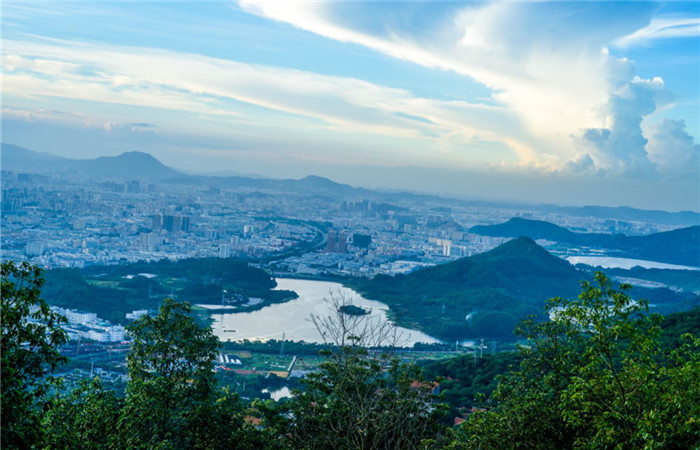
Phoenix Mountain, at an altitude of 376 meters, is regarded a top mountain in Bao’an District. This mountain has a crescent shape to it, resembling a half moon inlaid on the shore of the sea to the west.
The mountain belongs to Shenzhen Phoenix Mountain Forest Park, which is one of the eight major forest parks to be built in the city. The goal is to build it into an attractive suburban forest park.
Add: Fenghuang Community, Fuyong Subdistrict, Bao’an District 宝安区福永街道凤凰社区
Meishajian Mountain 梅沙尖
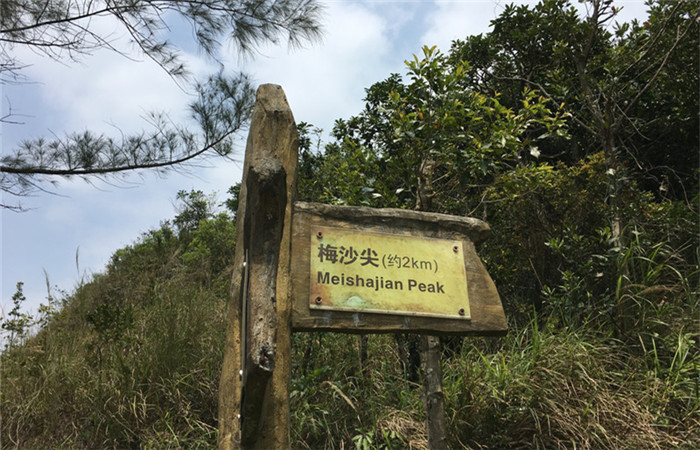
Located in Yantian District, Meishajian Mountain is the third tallest mountain in Shenzhen, following Wutong Mountain and Qiniang Mountain. Its main peak stands at an altitude of 753 meters. Though not the tallest mountain in the city, it has the steepest peaks, which in Chinese means crooked teeth.
With rolling ranges, Meishajian Mountain is home to a few different peaks, including the 619-meter-tall Egongji, the 599-meter-tall Yuanshan Mountain and the 553-meter-tall Dawangding. At the southern foot of the Meishajian Mountain is the sea, and you can walk to the Dameisha Beach, hence the name of the mountain.
Add: South of Sanzhoutian Community, Yantian District 盐田区三洲田社区正南方向
Paiya Mountain 排牙山
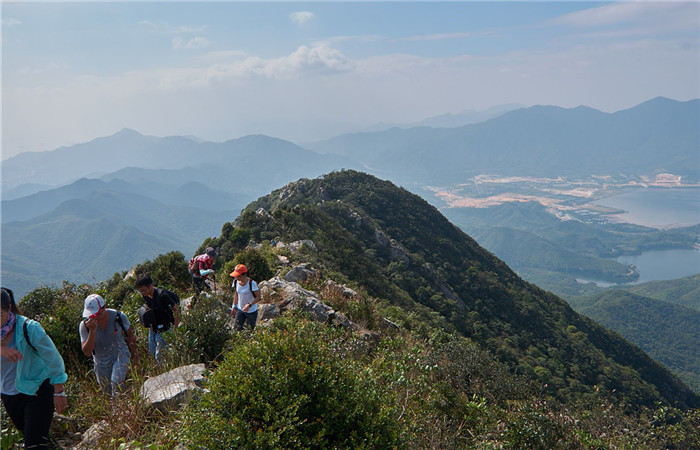
The main peak of Paiya Mountain is 707 meters tall, the sixth tallest peak in Shenzhen. The rolling mountain range looks like different rows of uneven teeth, hence the name of the mountain.
Citizens often come here for hiking and appreciating the natural landscape. It takes a total of six hours to trek the whole mountain. Nicknamed “Shenzhen’s Little Huashan Mountain,” the ruggedness of Paiya Mountain is second to none in the city. It is also the mountain with the most beautiful scenery in Shenzhen.
Paiya Mountain faces Qianiang Mountain and Bijia Mountain from afar. Daya Bay Nuclear Power Plant, China’s first nuclear power plant, stands right at its foot.
Add: Dapeng Subdistrict, Longgang District 龙岗区大鹏街道
Tanglang Mountain 塘朗山
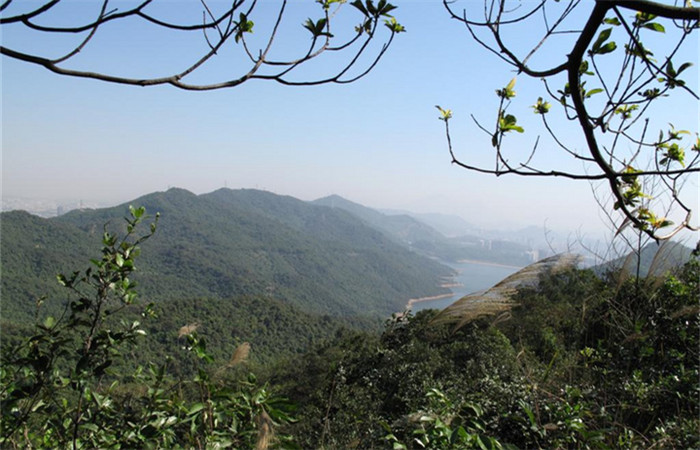
Located in the northeast of Nanshan District, the main peak Tanglang Peak has an altitude of 431 meters. With an area of about 15,000 mu, it has one of the most varied species of flora, so rare that they are under government protection.
Tanglang Mountain has two routes for visitors to reach the summit: the winding road and the mountain trail. Which one to take depends on your fancy. Both routes offer stunning scenery to make your trek leisurely.
When you reach the top, you will be able to see the scenery of Luohu, Futian and Nanshan.
Add: At the end of Longzhu 6th Road, Nanshan District 南山区龙珠六路尽头处
Maluan Mountain 马峦山
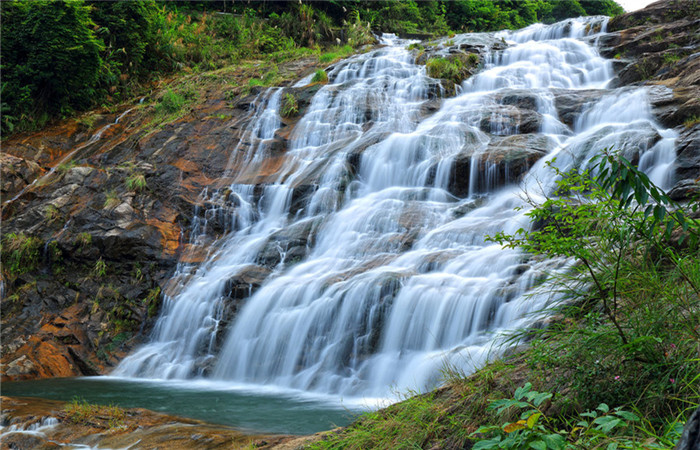
Maluan Mountain is not the most famous mountain in Shenzhen, even among the city’s long-term residents.
However, it is extremely popular among avid hikers because it’s easy, safe, beautiful and varied with clear streams, lush woods, Chinese plum blossoms and one of the area’s largest waterfalls.
The widely known Thousand-Mu Plum Garden here is said to be the largest plum garden in Guangdong Province. When the plum is flowering in the cold winter, the garden turns into a soft pink meadow of white-rimmed petals with rosy red centers dotting around like stars.
Maluan Mountain Park is also home to a selection of waterfalls including Maluan Waterfall, Longtan Mountain Waterfalls and Lanhe Bridge Waterfall, all of which are worth checking out. With its highest peak standing around only 500 meters in altitude, both adults and kids can enjoy trekking here without too much effort.
Add: Maluan Mountain, Pingshan District 坪山区马峦山